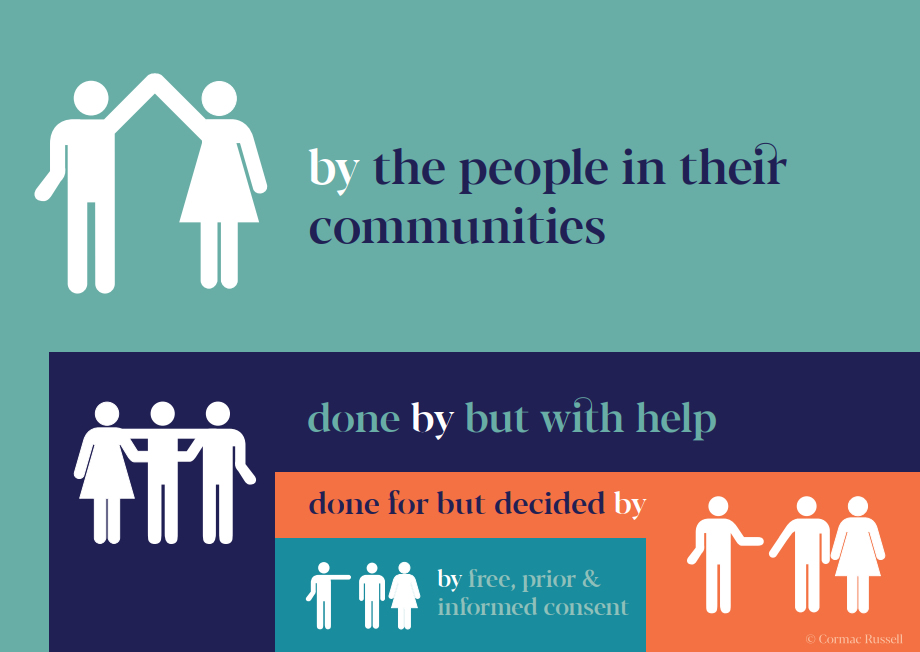
A Guide to Professionals and Institutions Supporting Communities Through (and beyond) COVID-19
The worrying reality is rapidly dawning on us: we’re in this for the longhaul. This pandemic is not a sprint; it’s a marathon. A marathon that we can only successfully complete if we are prepared to run it to the rules of a relay race, where the most susceptible members of our communities are the first over the line. As infection rates increase and the secondary effects of lockdown present – mental health challenges, job losses, increases in domestic violence, older people dying alone and/or abandoned – institutions are quickly reaching the limits of their capacities to unilaterally respond to such issues. Our commercial, state and not-for-profit institutions are poised at a crossroads and their next steps will be critical.
We all know that responding strategically to COVID-19 is not about doing more of what has always been done, under more stress, for more people than before and with even less financial resources than ever. There simply will never be enough professionals and volunteers to reach everyone in need. It is instead about adapting and responding to the heart-breaking reality of the challenge before us.
And so, as our institutions reach the limits of what they can do, communities must prepare to take on many of the functions traditionally provided by those same institutions: teaching our own; tending to our own and each other’s wellbeing; supporting those that are dying to do so with dignity, keeping each other safe; re-growing fragile local economies, growing local food; and stewarding our local ecologies.
Over and over again, from the AIDs epidemic in the 80’s to the Ebola crisis in Western Africa in 2014-2016, we have learned that the only credible response to significant public health crises is a community driven one. The COVID-19 pandemic is no different, it will not be unilaterally addressed by a top-down deficit-based agency response nor will it succumb to volunteer drives to target the most vulnerable. There is only one credible, evidence based, tried and tested response to the current challenge, that’s the one that puts communities in the driving seat, with institutions in a strong support role.
However, this stands in marked contrast with how many large not for profit and public sector organisations are currently coordinating their responses to COVID-19. They are furloughing what they believe to be non-essential staff, such as community development and community engagement officers at the very time communities need their support most.
The challenge is for institutions to strike a balance between the extremes of organisational overreach which undermines social capital, on the one hand and complete abandonment of communities on the other. That balance involves walking alongside communities; cheering them on; resourcing and trusting them so that together they can respond to the scale of the challenges that people will face in their homes and their communities in the weeks and months ahead. These challenges will see people having to cope with unprecedented job losses, biting economic hardship, general loss of confidence, and significant individual and collective trauma. Perhaps we are all at a crossroads, where there is no map and courage is our only compass. But as humans we have been here before – this is the time to plan a resurgence of community, with institutions alongside in a support role.
In the coming weeks, Nurture Development will share a range of supports for professionals taking on the ‘alongsider role’, and institutions supporting communities through (and beyond) COVID-19. Ultimately these resources will form a guide for professionals working in citizen space. Our guides will be accompanied by podcasts, training, mentoring and strategic companionship.
Cormac Russell
